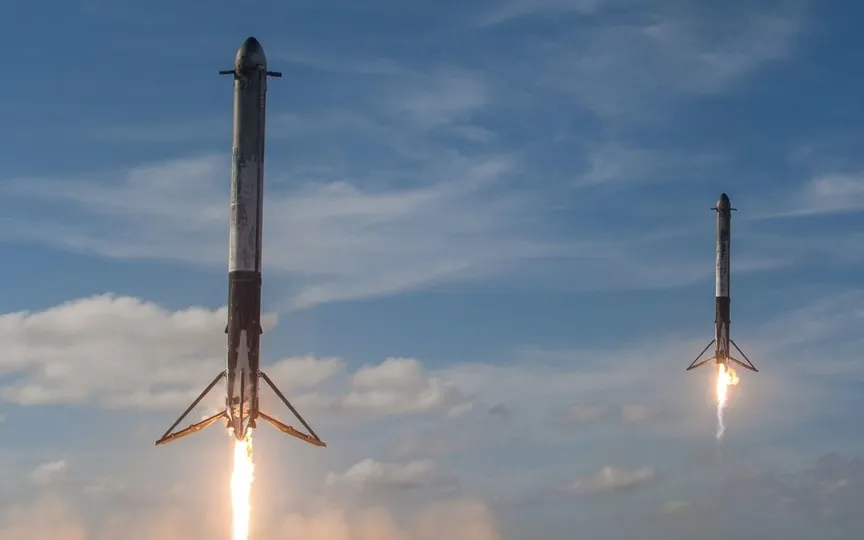US Evaluation of SpaceX Starship Underway to Resume Launches
Following the explosive April debut, SpaceX’s Starship launch system upgrades are now under a formal review by the US Fish and Wildlife Service, marking one of the last regulatory procedures required before flights can recommence.
The agency said in an emailed statement Thursday that it began a review — a hearing under the Endangered Species Act — with the Federal Aviation Administration on Oct. 19. FWS now has as many as 135 days to create an updated biological statement on how Starship and its launches will affect the local environment, but the agency “doesn’t expect to take that long,” the representative said in a statement.
Even as the review continues, Elon Musk’s Space Exploration Technologies Corp. is gearing up for Starship’s next test flight. The launch system is the centerpiece of Musk’s multibillion-dollar effort to carry cargo and people to the moon and eventually Mars.
A SpaceX executive told a Senate subcommittee hearing on Oct. 18 that Starship has been ready to fly again for more than a month, but is being held back by a lengthy launch authorization process.
A SpaceX representative did not immediately respond to a request for comment.
“The vehicle is ready for the second test flight of the fully integrated Starship, pending regulatory approval,” SpaceX wrote on social media on Oct. 24.
The focus of the review is that SpaceX added a water deluge system to the launch pad, located at the company’s Starbase facility in Boca Chica, Texas. The deluge system sprays significant amounts of water during ascent to reduce heat, forcing and gassing the huge rocket to unleash.
The FAA oversaw the crash investigation after it grounded the rocket following the company’s first test flight on April 20. During that flight, the Starship successfully docked at the Texas launch pad, but suffered several engine failures during liftoff. The two-stage rocket then failed to separate as planned and began spinning uncontrollably, prompting SpaceX to intentionally blow up the vehicle.
The vehicle’s engines sent debris and ground concrete across 385 acres of nearby land. The takeoff also caused a 3.5-acre fire in a state park area.
Read more: SpaceX rocket explosion left US officials in disbelief over the damage
The FAA investigation ended in September when the FAA ordered SpaceX 63 to take corrective action to prevent another destructive flight test. However, SpaceX still needs an FAA launch permit to fly again, and that cannot be granted until the FWS is consulted.
According to a provision of the Endangered Species Act, the consultation with FWS must be repeated “when the project and its impacts change significantly,” when new endangered species are added to the list, or when other species were not considered in the first consultation.
The FAA initially tried to restart the negotiations in August by sending the FWS a new biological assessment — detailing how changes to Starship and its launch site could affect endangered species and critical habitats in the area.
However, FWS told Bloomberg News it did not have all the information it needed to begin a formal review process. The FAA then sent an updated biological assessment to FWS on October 5, which FWS reviewed and led to the initiation of a formal hearing.




